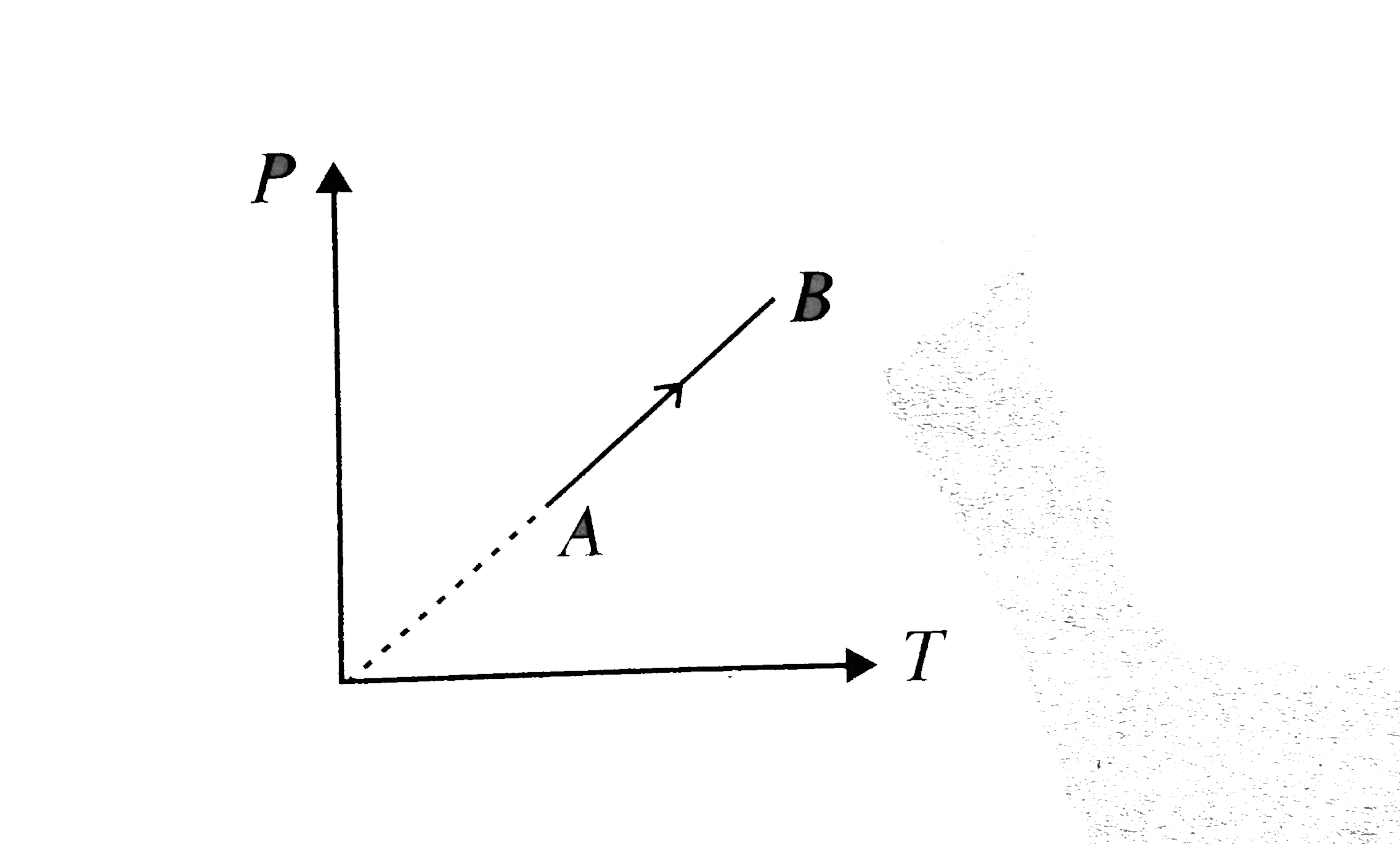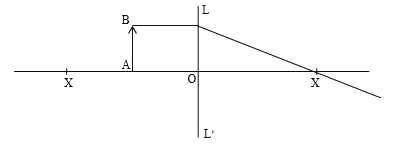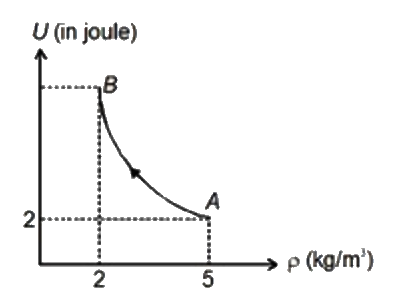If is the intenisty of an absorbed light and is the concentration of for the photochemical process. , the rate of formation of is directly proportional to
C
I
The correct Answer is:B
The rate of photochemical process varies with the intensity of absorption. Since greater is the intensity of absorbed light more photons will fall at a point, and further each photon causes one molecular to undergo reaction.
Topper's Solved these Questions
- CHEMICAL KINETICS Book:VMC MODULES ENGLISHChapter:CHEMICAL KINETICS Exercise:JEE Main (Archive)
Explore 56 Videos
- CHEMICAL EQUILIBRIUMBook:VMC MODULES ENGLISHChapter:CHEMICAL EQUILIBRIUMExercise:IN-CHAPTER EXERCISE - G
Explore 10 Videos
- CHEMICAL THERMODYNAMICS Book:VMC MODULES ENGLISHChapter:CHEMICAL THERMODYNAMICS Exercise:IN - CHAPTER EXERCISE - L
Explore 10 Videos
Similar Questions
If C is the middle point of AB and P is any point outside AB, then
View SolutionFor the reaction
AB2(g)⇔AB(g)+B(g)
If ∝ is negligiable w.r.t 1 then degree of dissociaation (∝) of AB2 is proportional to :
View SolutionDuring the process AB of an ideal gas

View SolutionDuring the process AB of an ideal gas

View Solution
Copy and complete the ray diagram to show the formation of the image of the object AB
View SolutionIn the reaction A+B⇔AB, if the concentration of A and B is increased by a factor of 2, it will cause the equilibrium concentration of AB to change to
View SolutionIn a reaction A2(g)+4B2(g)⇔2AB4(g),ΔH<0. The formation of AB4 is not favoured by
View SolutioncryII Ab and cry I Ab produce toxins that control:
View SolutionFigure shows the variation of the internal energy U with the density ρ of an ideal monoatomic gas for a therodynamic process AB. Process AB is a part of arectangular hyperbola. Find the work done (in joule) by gas in process AB.

View SolutionIn the equilibrium,AB(s)→A(g)+B(g), if the equilibrium concentration of A is doubled, the equilibrium concentration of B would become
View Solution